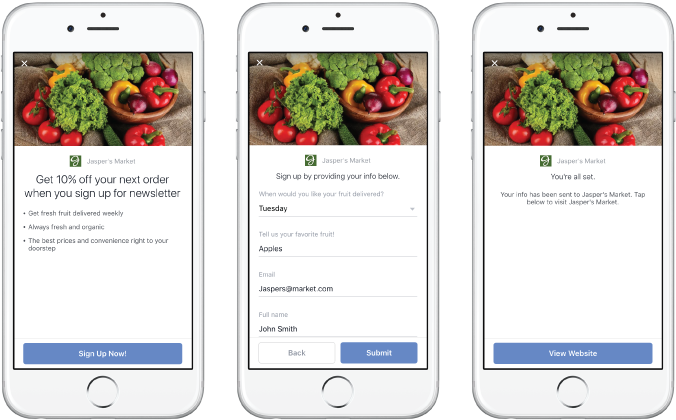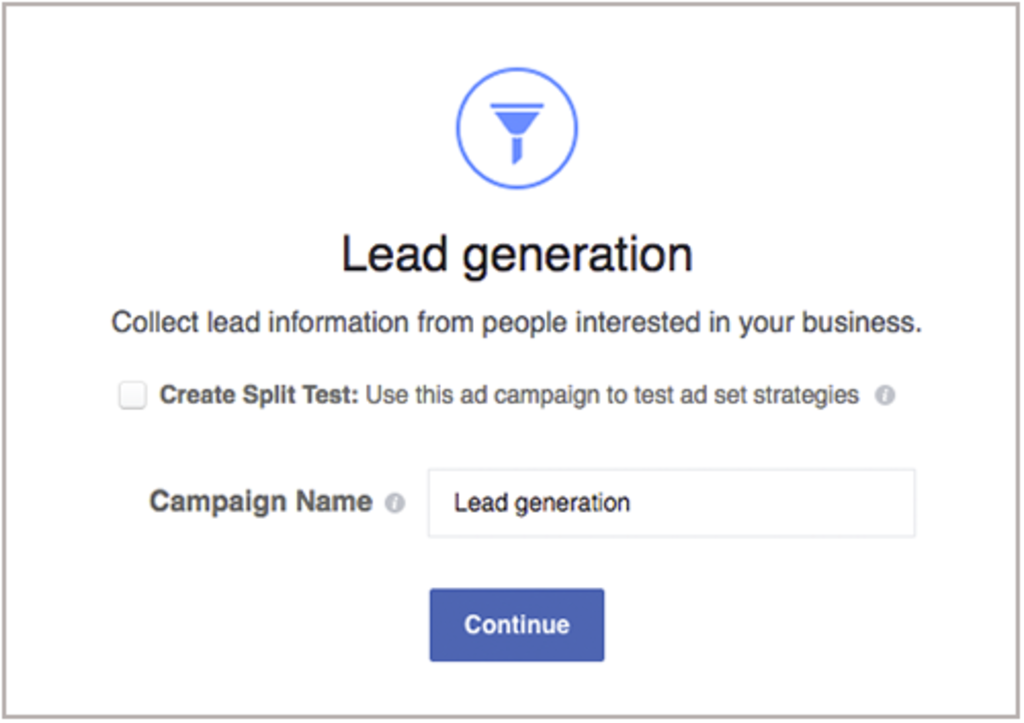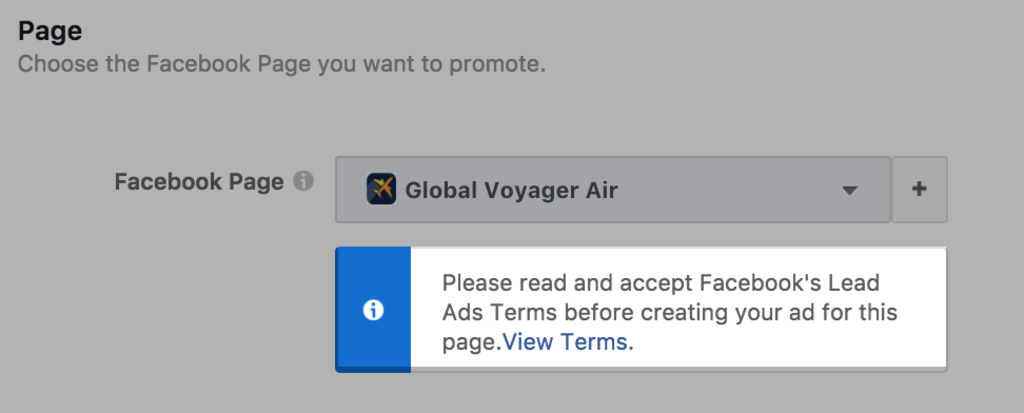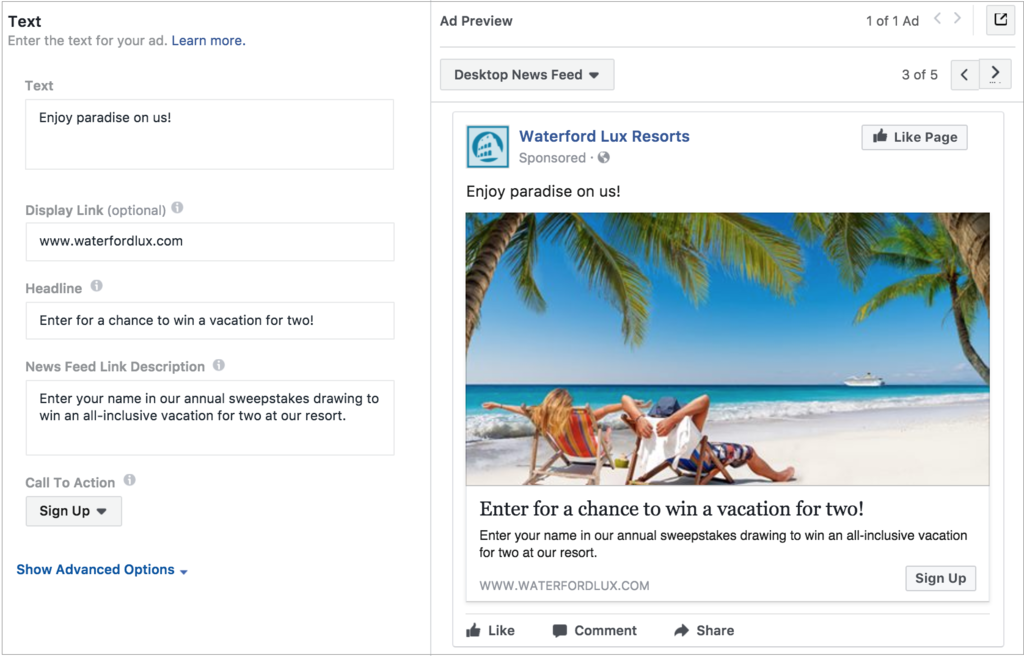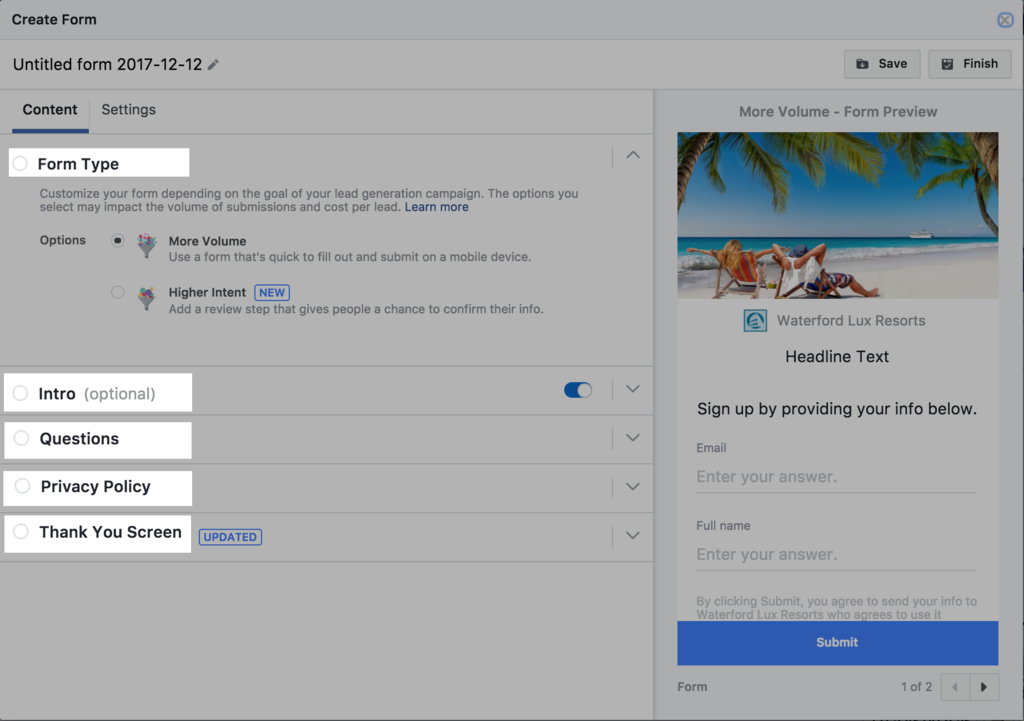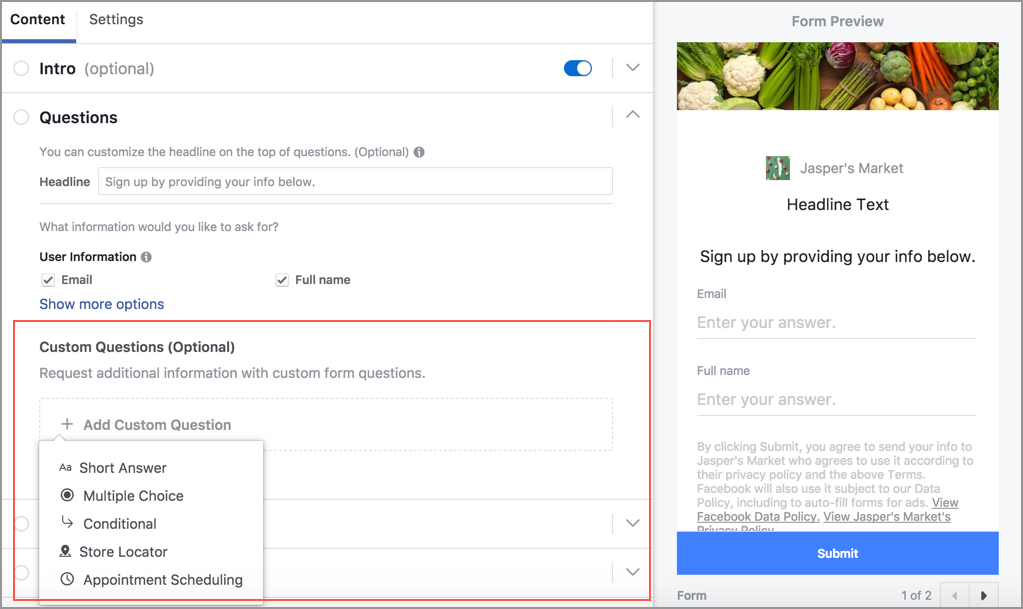Facebook lead adverts could accomplish a variety of advertising and marketing objectives, however, they are greatest at helping with one of marketing’s golden rules: Know thy audience.
Many marketers suppose they know their audience, however, often confuse buyer data with customer analytics. In a mostly online ecosystem, it’s simple to forget that sometimes the best way to learn about customers is to just ask questions. That is exactly what Facebook lead adverts (sometimes known as Facebook lead forms) do.
In case your objectives embody market research, customer feedback, or even growing conversions, Facebook lead adverts could be the right solution. This guide will answer all your questions about the advert format, including how to create a campaign and how to optimize for success.
What are Facebook lead adverts?
Facebook lead adverts are essentially promoted forms. These types allow marketers to capture details from customers while providing chances to connect, such as newsletter subscriptions, demo requests, or contest registration.
When somebody clicks on a lead advert, they presented with a form that’s pre-populated with info from their Fb profile. The rest could be completed in a couple of simple taps.
A major attribute about lead adverts is that they’re optimized for mobile. That’s key for Facebook’s 88 % share of mobile users–particularly since it sometimes takes 40 % longer to finish forms on desktop.
Another benefit Facebook lead generation adverts offer is that generated leads could be synced directly with your firm’s customer relationship management system or downloaded as a .CSV file. This permits marketers to follow-up more effectively, which is important for closing the deal.
How to create Facebook lead adverts in 10 steps
Here’s the way to set up Facebook lead generation adverts, step by step.
1. Go to Ads Manager.
2. In Ads Manager click on Create in the higher left corner.
3. Select Lead generation as your objective and name your campaign.
4. Select the Page you plan to use for the lead advert. Click on View Terms and then agree to the Facebook Lead Adverts terms and conditions after you have read them.
5. Select your target audience, placements, budget, and schedule. Note: Lead adverts can’t be targeted to people under the age of 18.
6. Choose your lead advert formats. You could choose carousel, a single picture, video, or slideshow.
7. Add your headline, body copy, and a call to action. A window on the right offers a preview of your advert as you make it.
8. Scroll down and click on Contact Form. Here you could add a form title, add an intro, questions, your company’s privacy policy, and a thanks screen.
- Intro: Use this part to clearly explain why people need to fill out your form.
- Custom questions: There are two kinds of questions you could select: Standard questions (ie. gender, job title) and custom questions. Ask custom questions that pertain to your business, for instance: “When are you looking to purchase a new car?” Up to 15 questions could be included. Some governments bar advertisers from requesting certain info,
- Form type: Under Form Type, you could choose: More volume or higher intent. Select more volume in case your marketing campaign goal is to get the form completed by as many people as possible. Choosing higher intent adds a step to your form that permits people to review and confirm their info before they hit submit. It is a great option in case your objective is to seal a deal.
- Privacy policy: Facebook lead adverts require a link to your company’s privacy policy. Ensure you have a page on your business site.
- Thank you screen: This screen will appear after the form is submitted. You could also embody a call-to-action or download link here.
9. Click on Settings under the name of your form and verify that you would like to collect organic leads. This advanced step is optional, however, recommended. You could also change the language of your form right here.
10. Click on Finish in the top-right corner. Review your advert from Ads Manager and once you are ready to publish, click on Confirm.
When you have created an advert, you could access leads through, customer system integration, implementation of the Facebook Marketing API, or by manual download.
Facebook additionally permits advertisers to collect leads utilizing Facebook Instant Experience forms.
Tips for creating Facebook lead adverts that convert
Offer an incentive
People are more willing to share their personal info with you when you offer something in return. Whether it’s a promo code or a free download, incentive illustrates customers you value their info.
Popular incentive examples embody:
- Get deals and offers
- Enter sweepstakes and contests
- Receive product samples
- Attend an event
- Pre-order products
- Download studies and whitepapers
Be clear about your offer
Share your value proposition up front so that people understand what they’re signing up for. While optional, Fb recommends you add this info in your promotional copy and in the introduction at the beginning of your form. Additionally, add branding throughout the experience so there’s not any ambiguity as to who people are sharing their info with.
It’s additionally vital to choose imagery that helps your messaging. For example, point-of-sales systems provider Revel Systems tested different creative for its lead advert campaign and found pictures with the product as a focal point were much more effective.
Use compelling content and formats
Just like any other Facebook ad, lead adverts greatest served when the medium matches the message. For example, if you want to showcase multiple goods or functions, maybe a carousel format is the best choice. Short video, on the other hand, is a great format for storytelling and growing brand awareness.
Don’t assume that since you are giving an incentive creative does not matter. Embody high-quality photos and videos, sharp copy, and a CTA button for greatest outcomes. You can find lead ad design specs here.
Keep your form simple
It’s easy: The simpler your form is to fill out, the higher your completion rate will be. According to Facebook, with each question you add, the chance of somebody abandoning the form rises.
Only ask for the most related info. In case your form contains multiple-choice questions, limit the number of choices between three and four.
Ask the right questions
If Fb’s provided questions do not meet your needs you could make custom questions for your form. Select between short answer, multiple choice and conditional questions, which change based on how a previous question was answered.
Your form could also embody Store Locator and Appointment Scheduling fields which let people seek for a nearby location or scheduling visits.
Need help brainstorming questions? Facebook’s rubric of business targets and examples is a great place to begin.
Target the right audience
Your target audience needs to align with your lead advert’s objectives. There are three primary audience sorts you could select from:
- Lookalike audiences: In case your purpose is to broaden your customer base, create a Lookalike Audience modeled off of your most valuable customers in order to discover similar users. Learn more about how to use lookalike audiences.
- People near you: When you have one or more locations and your account is managed by a Facebook representative, you could use the business locator feature and target adverts to people in a range of your stores. This audience segment is good if your purpose is to schedule appointments, demos, or simply encourage customers to visit.
- Custom audiences: Examples of custom audiences could embody people who are subscribed to your newsletter, recent site, and app visitors or people in your CRM.
Plan to follow-up
A swift follow-up could significantly enhance the opportunities for conversion. And the faster you do it the better. A landmark study published in Harvard Business Review found that companies that make contact with customers within an hour are seven times more likely to secure qualified leads.
Remember that messaging apps are now consumers’ preferred way to connect with brands. Two-thirds of customers rank messaging ahead of a phone, live chat, and face-to-face communications. Perhaps it’s time for your business to hop onto Facebook Messenger. And of course, if you want to know your buyer’s preferred time and means of communication, do not forget to ask.
Test and optimize
The best lead adverts are sometimes the result of A/B testing and fine-tuning. Think about running two lead adverts with different imagery or copy. Or attempt running lead adverts with different form lengths to measure completion rates.


